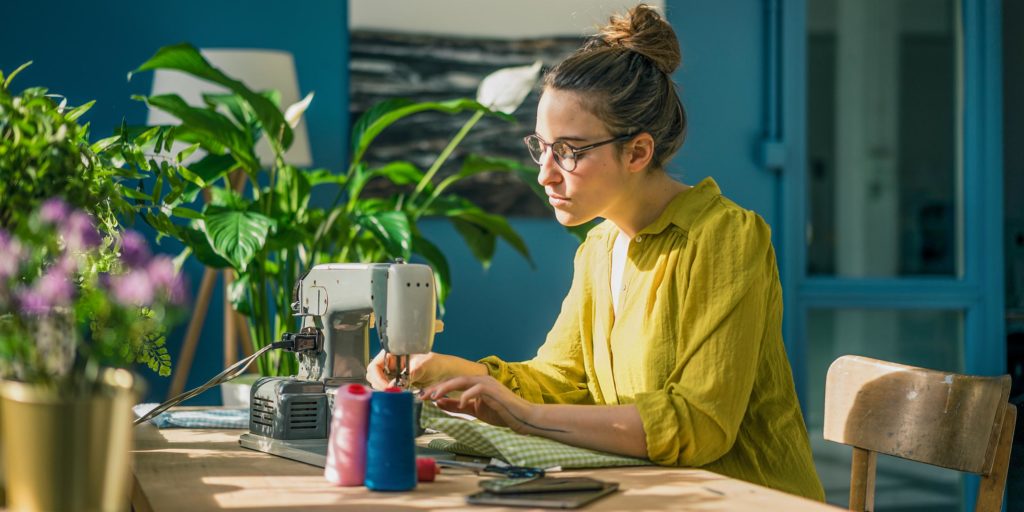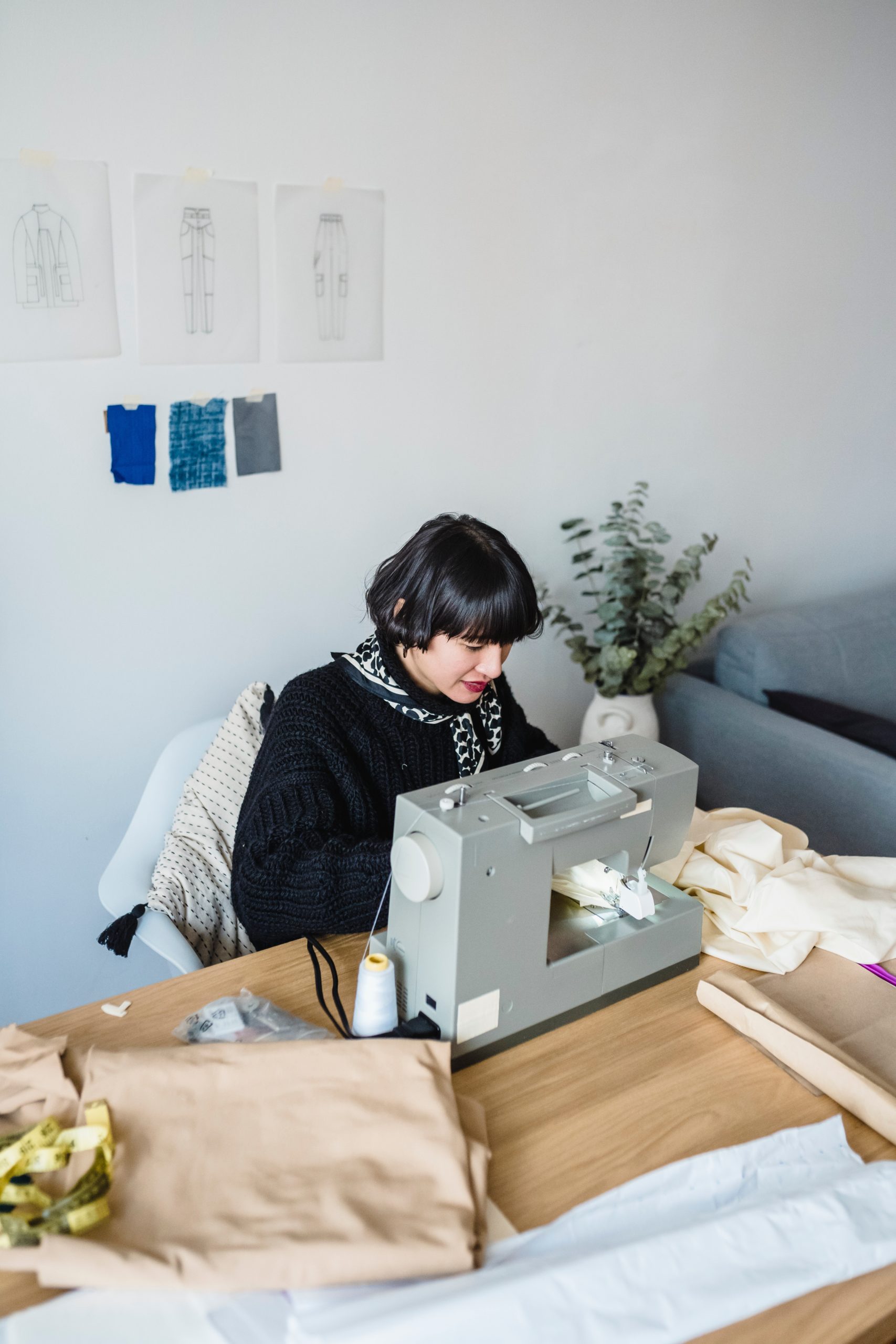How to Identify an Antique Sewing Machine
There are many ways to tell if a model has been used or not, but it is important to verify that the serial number is available. If the serial number is not available, you can search online for similar models. In the 1800s, new features and stitching were introduced by well-established industrial competitors to older models. In the meantime, you’ll need to be wary of the superiority of a particular feature or stitching type.

The first antique sewing machine that you should look for is a White model. This piece is an older design, and was made by a conglomerate around 1856. The machine appears to be functional, despite the fact that it is missing a needle. It’s worth noting that this particular piece is missing a needle and the shuttle, but the machine’s overall condition is quite good. The machine can be made to work with a little tuning you are looking for an old sewing machine, you might be wondering how to embroidery machine for beginners it.
If you are looking for an antique sewing machine, the Singer sewing machine is a great choice. The Singer was one of the first sewing machines to be produced in the United States. The Singer’s special mechanism was capable of cutting through multiple layers of fabric. It was lightweight and portable, making it an ideal choice if you don’t want to spend a lot on an antique machine. A Singer machine can also be found easily and can be purchased for less than $200.
The first antique sewing machine that you should look for is a White mod
An important aspect to look out for in an antique sewing machine, is its style. Many of the machines manufactured during this era were tabletop and paw-foot style. Some were made in the style of furniture, while others were simply decorative. The quality and style of a vintage machine depends on how it is made, as well as the condition of its paint and decorations. If it’s a treadle machine, its cabinetry is desk-like, and often has wrought iron sides. These units often have drawers beneath, which can be very valuable.
You might consider buying a vintage sewing device online. Shipping costs can be quite expensive so be careful. Because antique machines are usually heavy, shipping costs can quickly add up. As a bonus, you can purchase one online – and even repair it yourself if necessary. It is important to verify shipping costs before you buy vintage machines. They are usually heavier than modern machines. The nostalgia factor is often well worth the money.
You might consider selling your antique sewing machine locally if you are looking to sell it. St. Louis is home to many collectors. It can be difficult to ship antique sewing machines, so it is best to find a local appraiser to help you sell it. This way, you can maximize its value and find the best buyer for it. Be aware that antique sewing machines are subject to price fluctuations. You never know how sentimental your machine might be.
It is easiest to identify a vintage sewing machine by matching its serial number with the date of manufacture. Singer machines, for instance, were manufactured since 1851. They have evolved over the years and older models are highly desired by sewing enthusiasts. However, before selling your machine, make sure to identify the model to prevent the machine from falling into the wrong hands. You’ll be happy to know the exact age of your machine, ensuring that you can make the best purchase possible.
When buying an antique sewing machine, it’s important to note that each model has its own characteristics. To maximize its value, you may choose to search for a particular model. It is generally better to find rarer models than more common models. Less valuable ones are less common. If you aren’t sure, make sure it comes with an owner’s manual and a selection presser feet. You should also check whether the package includes needles, bobbins and other accessories.
A classic Singer machine is the 201. This model was made in 1935 and lasted for 30 years. It is often considered to be the best Singer model. While it may weigh a bit more than the Featherweight, its heavy-duty motor makes it more stable than its smaller, lightweight cousin. Singer 201 is a domestic sewing machine that Singer primarily made. It can be bought for $500 to $1500.

